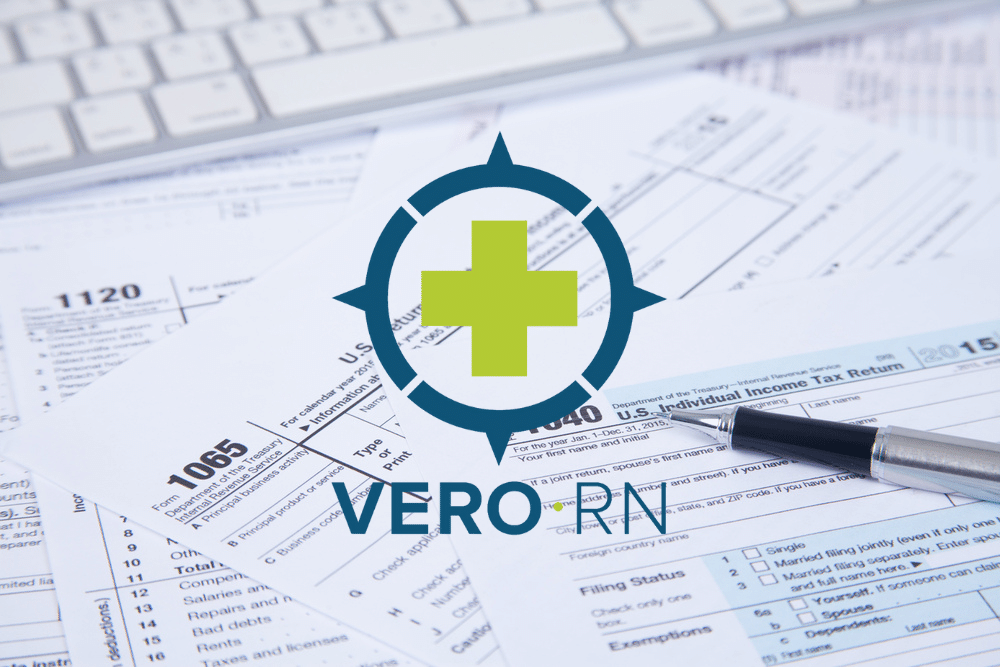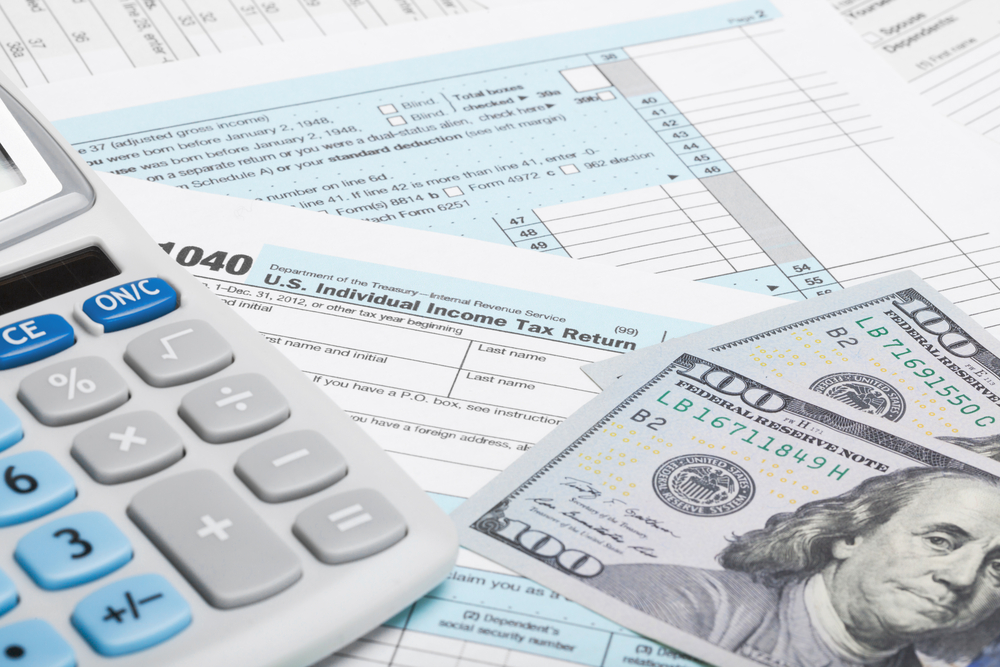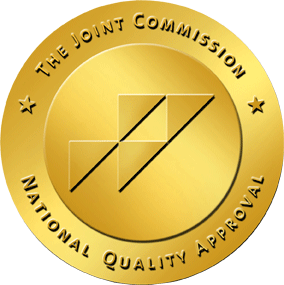Per diem is a Latin term that means “per day.” In the context of travel, per diem refers to a daily allowance paid to employees who are away from home on business. As a nurse working on assignments away from your tax home, you may be eligible for a per diem allowance to cover your travel expenses.
WHAT EXACTLY IS PER DIEM?
The US IRS code allows employers to offer per diem allowances to their employees for business travel. This is intended to cover the cost of meals, lodging, and other incidental expenses associated with travel. These allowances are considered nontaxable income and are not subject to payroll taxes or income tax withholding, provided they do not exceed certain limits.
WHERE DO THE NUMBERS COME FROM?
The per diem rates vary on the location where you are working. Per diem rates are broken down into two categories: lodging and meals/incidentals. The lodging per diem rate is intended to cover the cost of lodging. The meals/incidentals per diem rate are intended to cover the cost of meals and other incidental expenses. These cover items such as laundry, tips, and transportation. The General Services Administration (GSA) sets the per diem rates for federal employees. Private companies may use their own rates, however, amounts paid above the GSA set rates are considered taxable!

SOUNDS AMAZING BUT IS THERE A CATCH?
Let’s look at the top 3 pros and cons of receiving per diem allowances on your next assignment. These will help you decide the option that is best for you.
Per diem pros:
- Cost Savings: Per diem payments can help offset travel-related expenses by providing a fixed daily allowance that covers meals, lodging, and incidental expenses.
- Tax Savings: Per diem payments within GSA guidelines may be excluded from an employee’s taxable income.
- Simplicity: Per diem payments allow for a simple and convenient way for employers to reimburse their employees without requiring the employee to submit receipts for each expense.
Per diem cons:
- Inconsistent Income: Per diem rates may vary from assignment to assignment, or even from season to season in certain locations since they are set by the federal government.
- Difficulty Saving for the Future: Since per diem payments are not taxable wages, they most often will not be included in certain calculations for benefits offered by your agency such as retirement savings or wages eligible for worker’s compensation.
- Impacts on Credit Reporting: Similar to the issue with benefits above, per diem is unlikely to be included in your income for large purchases such as a home or vehicle which can impact your financing availability.
WHAT IS THE TAKEAWAY?
Per diem is a great way to offset the additional costs of working away from home. Keep in mind that non-taxable allowances can impact your financial planning. It’s always a good idea to make a financial plan or speak with a professional. This can ensure your financial strategy aligns with your goals. Be sure to follow your employer’s policies and procedures for claiming per diem allowances. You will want to keep accurate records of your expenses to avoid any issues with the IRS. Good luck planning your next big adventure!

GSA Per Diem Rates
https://www.gsa.gov/travel/plan-book/per-diem-rates
IRS Tax Home Defined
https://www.irs.gov/publications/p463
IRS Form 2106 Employee Business Expenses Instructions


 Vero has earned The Joint Commission's Gold Seal of Approval™
Vero has earned The Joint Commission's Gold Seal of Approval™